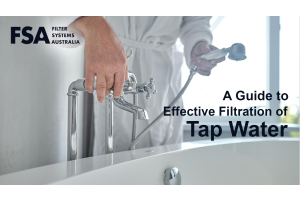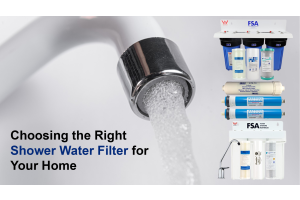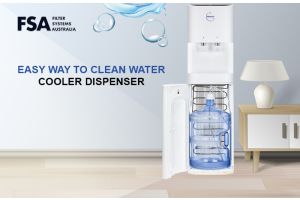
Fluoride exists naturally in water sources and is derived from fluorine, the thirteenth most common element in the Earth’s crust.
It is well known that fluoride helps prevent and even reverse the early stages of tooth decay. However, the content of fluoride in drinking water and toothpaste attracts much more public attention nowadays.
On the one hand, fluoride is added to many drinking waters in small quantities to prevent dental cavities.
On the other hand, fluoride is a carcinogen, a bone seeker and is linked to hip fractures and brittle bones.
Recalling the basics of inorganic chemistry we should keep in mind that among the four best known halogens (chlorine, bromine, iodine, and fluorine) namely fluorine is the most chemically active, being a very strong oxidant.
All salts of fluorine are toxic, but some of them more, some less. Sodium fluoride, for example, a common additive to toothpastes nowadays, is a very toxic compound – far more toxic than calcium fluoride salts, and is used also as a wood preservative and pesticide.
Research of several investigators during the last 10 years has proved that life-long impact and accumulation of fluorides causes not only human skeletal and teeth damage, but also changes in the DNA-structure, paralysis of volition, cancer, etc.
Fluoride consumption by humans 1.5 mg F/day is a figure that should never be exceeded. The recent study showed that the optimum fluoride concentration in temperate climates is 1.0–1.2 mg/L. The concentration of fluoride in groundwater in different regions varies from 0 to 6 mg/L, which means that the limits are exceeded quite frequently.
How to Remove Fluoride from Water
There are 3 main techniques to remove Fluoride from water supplies. Below is a breakdown of each method:
1. Activated Alumina Cartridges
2. Mixed Bed Resins
3. Reverse Osmosis
1. Fluoride Removal using “Activated Alumina” Cartridges:
We don’t sell (or recommend) anyone use cartridges containing Activated Alumina under any circumstances. The fact is that they contain Alumina, which is dangerous.
We realize that the manufacturers state that their cartridges are safe provided you replaced them before the use-by-date has expired. However; this use-by-date is usually a very short period, and our experience is that the cartridges are rarely replaced when needed. If the cartridge is not replaced, the potential for leaching of Aluminium is increased, and there is also very little reduction of Fluoride at this point.
We have tested most US branded Activated Alumina cartridges for effectiveness in reducing Fluoride, and found that they only reduce to approx. 80% when the cartridge is new – this figure then drops off within days to a reduction of around 50% and in some cases less over several weeks of use.
2. Fluoride Removal using “Mixed Bed Resin” Cartridges:
This Fluoride Removal technique uses a mixed bed resin. We supply this media, but the problem with this cartridge is that not only will it remove Fluoride, it will also remove every other salt in the water. This in turn loads the cartridge up so quickly that it becomes ineffective within days (depending on your location and quality of water). For this reason it’s considered useless unless you replace the resin every week.
Therefore, the concept of mixed bed resin is good in theory, but in practice it quickly becomes a very costly & labour intensive technique.
3. Fluoride Removal using Reverse Osmosis Systems:
Reverse Osmosis is simply a thin wall membrane that filters down to 0.0001 of a micron under pressure, which is fine enough to remove all impurities including mineral salts (such as Fluoride). Fluoride is a microscopic mineral salt, not a chemical; so it’s not possible to remove it successfully with standard filtration. It is far too fine and just passes right through the filter cartridges. Fluoride removal ideally requires Reverse Osmosis Filtration.
Even chemicals like chlorine have a salt based carrier, standard filter only remove the chemical component and leaves the salt carrier behind. Reverse Osmosis removes both the chemical and the salt carrier to leave the water as pure as nature intended.
Because Reverse Osmosis sends the toxins to waste it doesn’t accumulate in the filter, so the membrane can be used ongoing for several years before needing to be replaced.
Reverse Osmosis is the only method of safe, economical removal of Fluoride and all other forms of chemicals and toxins. It is by far the most sure fire method of removing Fluoride to 98% ongoing and guaranteed – year after year.
Here are some of our more popular systems:
Portable RO Water Filter + pH Neutraliser | Compact 5 Stage RO Water Filter High Alkaline | 7 Stage High Alkaline RO Water Filter
VIEW OUR ENTIRE REVERSE OSMOSIS RANGE
Contact us for expert guidance by our friendly team on the best water filter solution for your specific needs or request a free personalised home water filter assessment online in just a few minutes.






